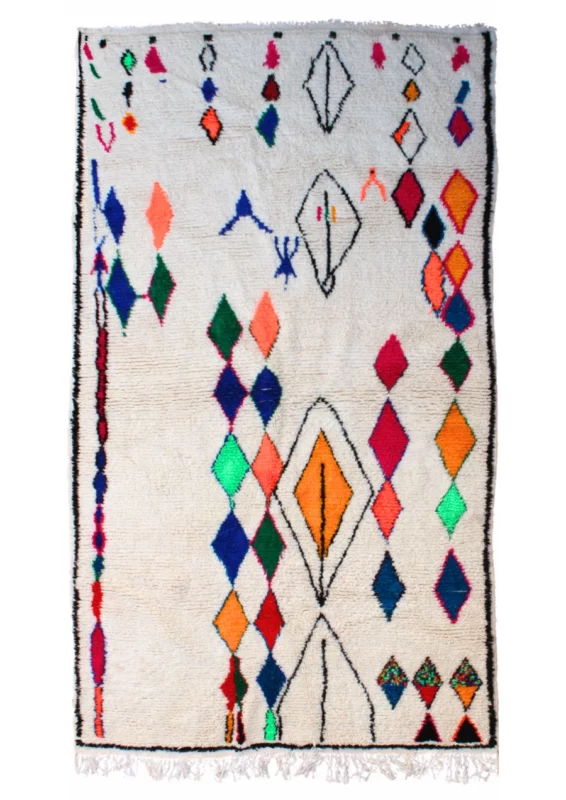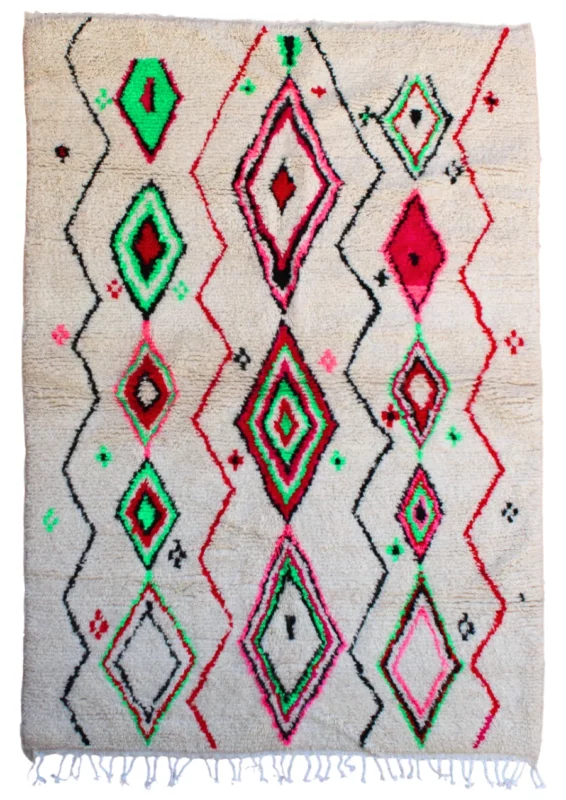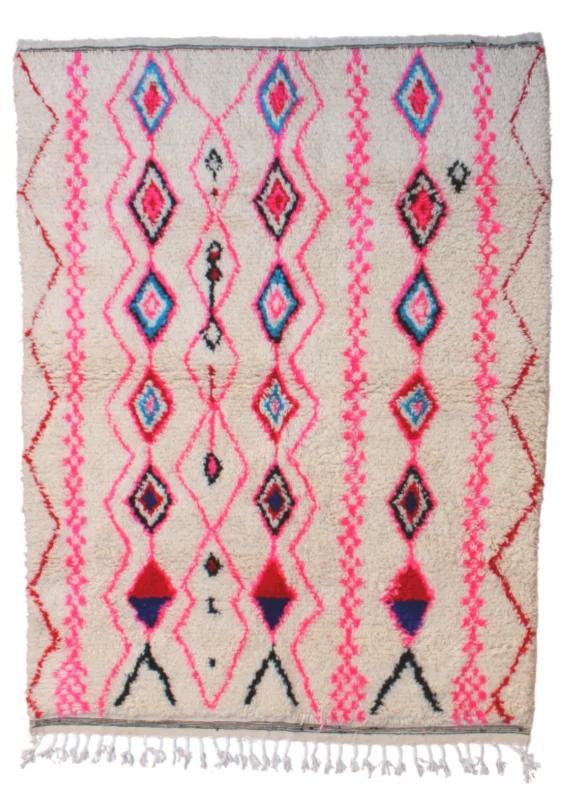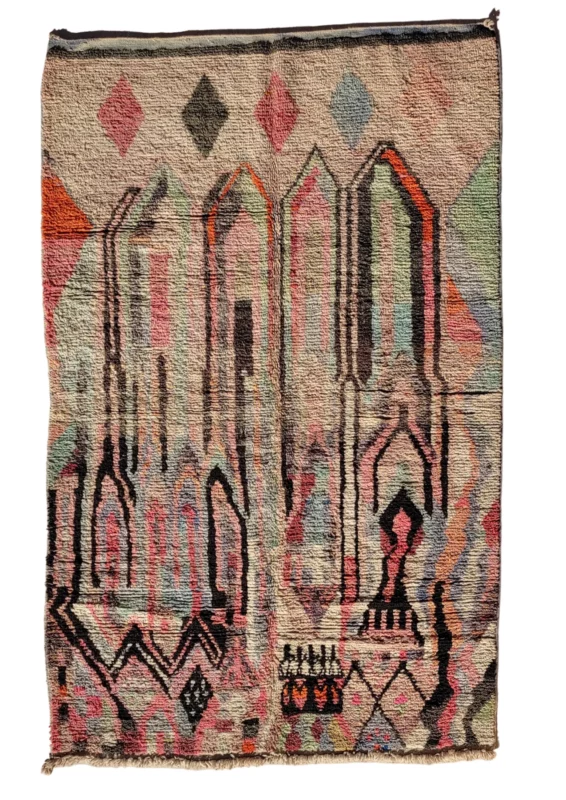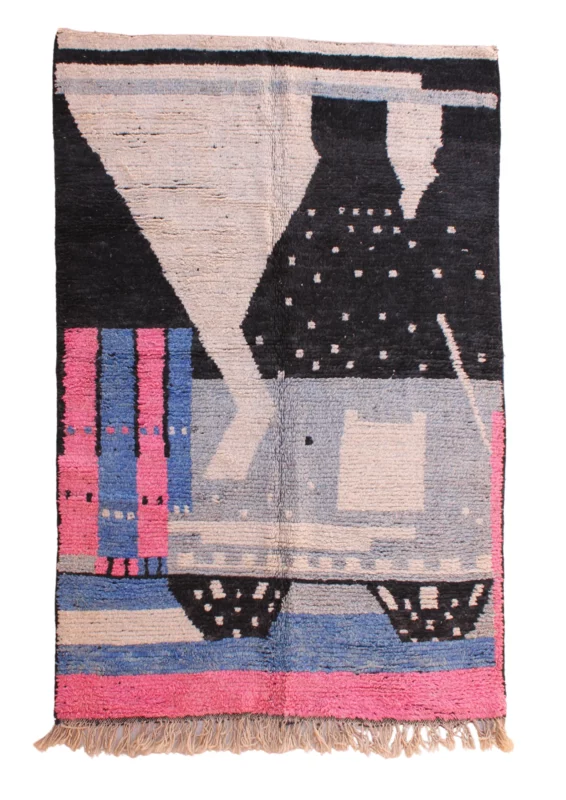Loom Weaving Styles
There is a wide array of weaving techniques across the entirety of Morocco. Across diverse tribes, regions, and villages, a multitude of distinct styles can be observed. As the art of weaving is traditionally passed down from generation to generation, each tribe or region’s style is influenced by the climate, necessities, and traditions specific to that community.
Artisans residing in the snowy Atlas Mountains, for example, specialize in crafting thicker rugs compared to their counterparts in the desert. This diversity extends to every aspect of the weaving process, including the selection of wool from different animals, the available dye ingredients, and the incorporation of local symbols and traditions.
Intricate Hanbel

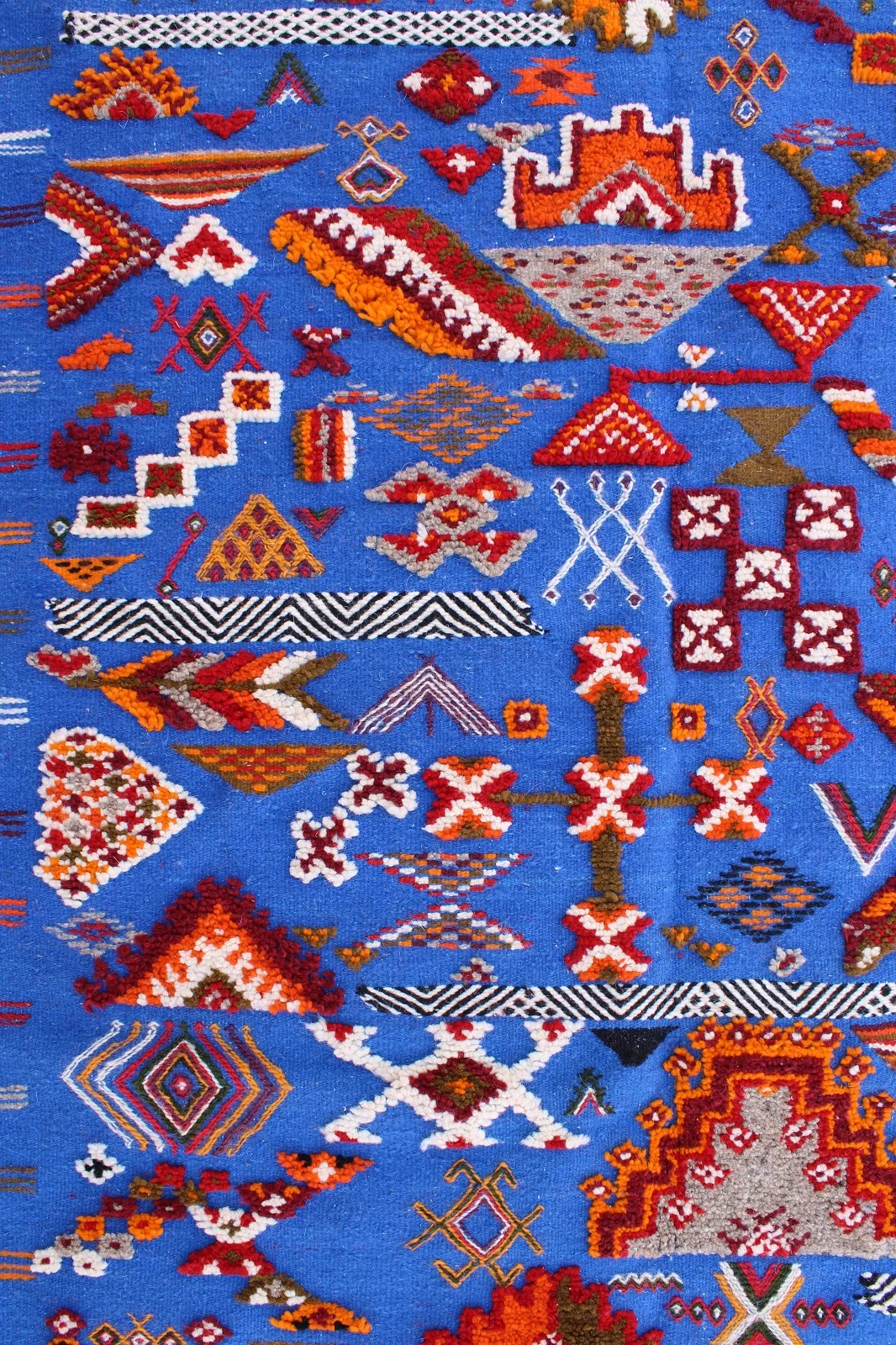
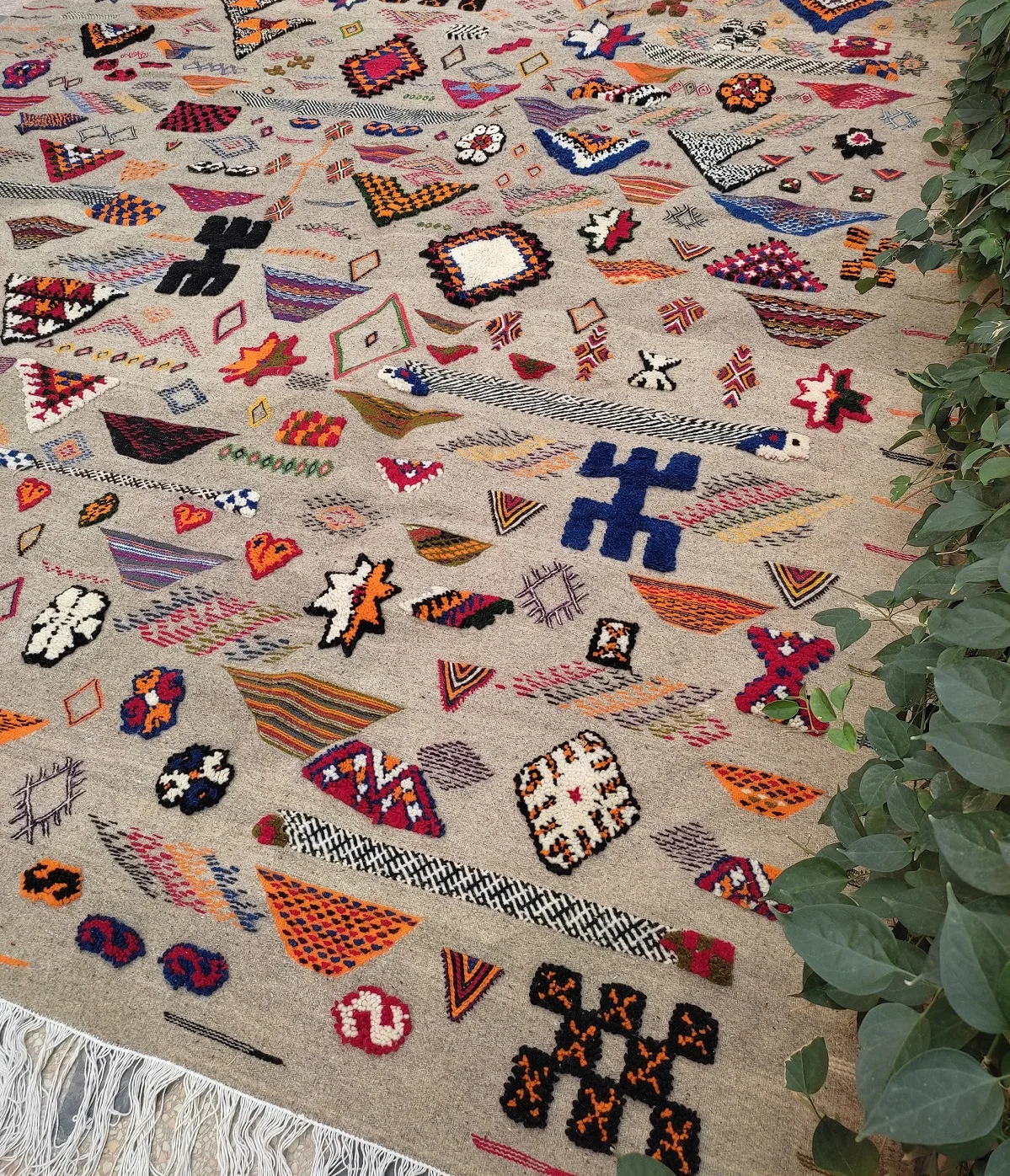

Intricate Hanbel
It is believed that this particular style has its roots in the vicinity of the Village of Tazenakht, an area renowned for its extensive weaving heritage. Although the majority of this weave is flat, the design accents are either skillfully embroidered or incorporate a slightly raised pile, resulting in a textured and dimensional piece. Each design element is a product of the artisan’s creative imagination. The motifs and symbols used in this technique often portray a wide range of symbolism deeply rooted in the Amazigh culture.
Products With This Style
Medium to High Hand-Knot



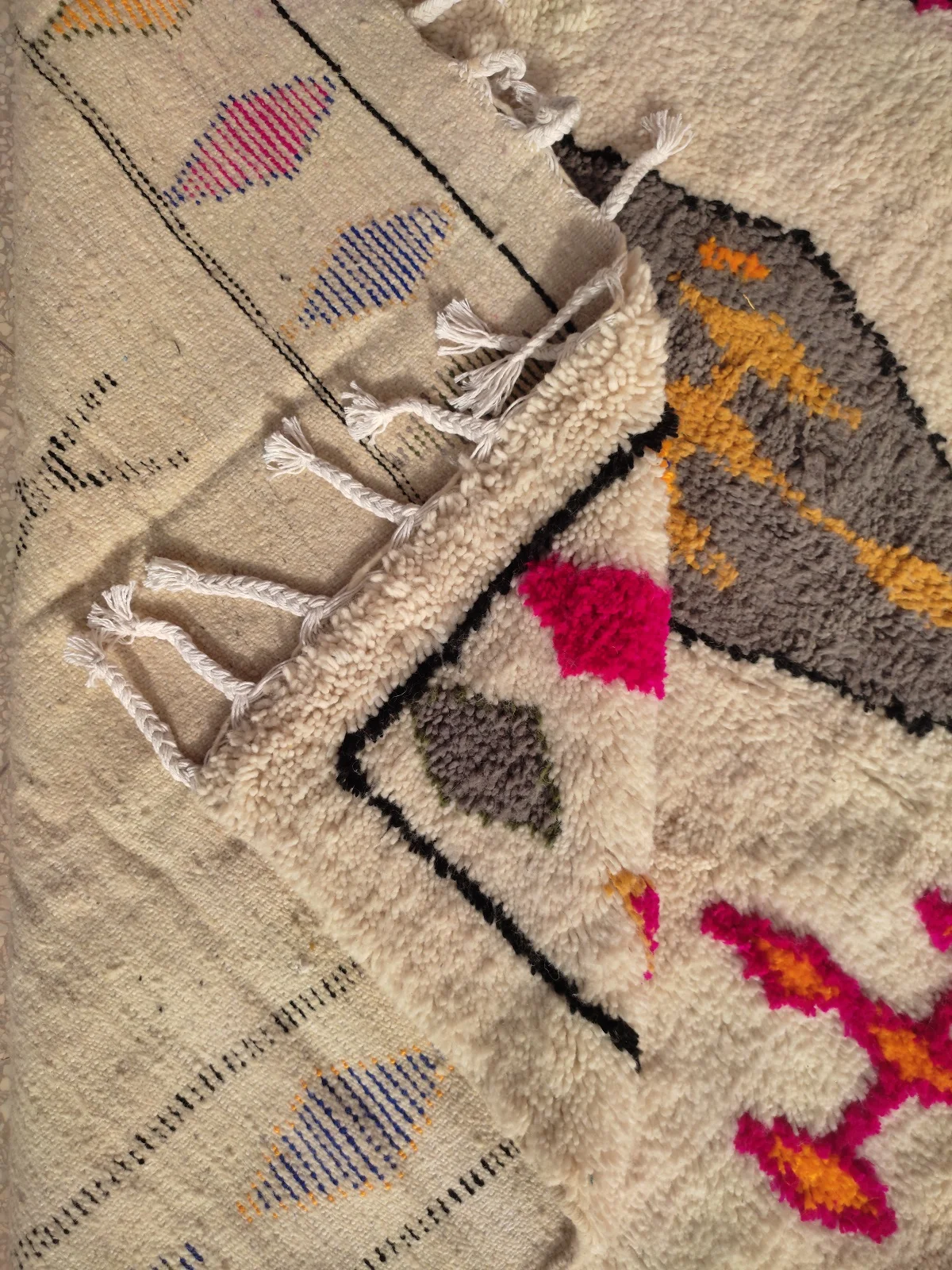
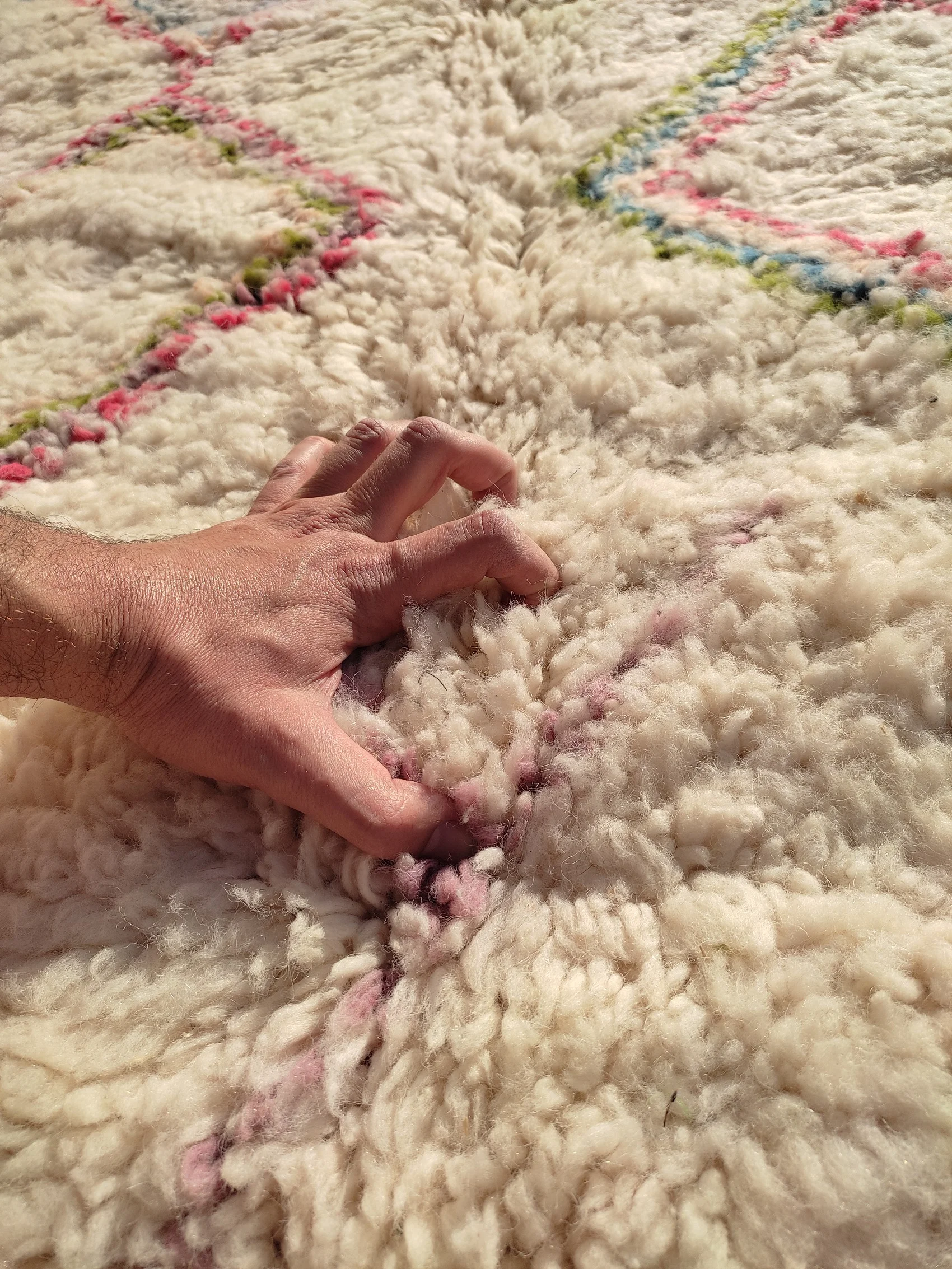

Medium to High Hand-Knot
A wide range of rugs showcase a Medium to High Hand-Knot technique, including renowned types like Boujad, Azilal, Beni Ourain, and Beni M’Rirt, among others. Although these rugs share some commonalities, the knotting technique employed varies depending on the specific region or tribe from which the rug originates.
The majority of these rugs hail from the Middle Atlas and High Atlas Mountains. The local sheep in these colder climates naturally possess a thicker coat to withstand the winter months. This thickness of wool directly influences the overall thickness and height of the pile in the rugs, contributing to their characteristic plushness.
Products With This Style
Vintage
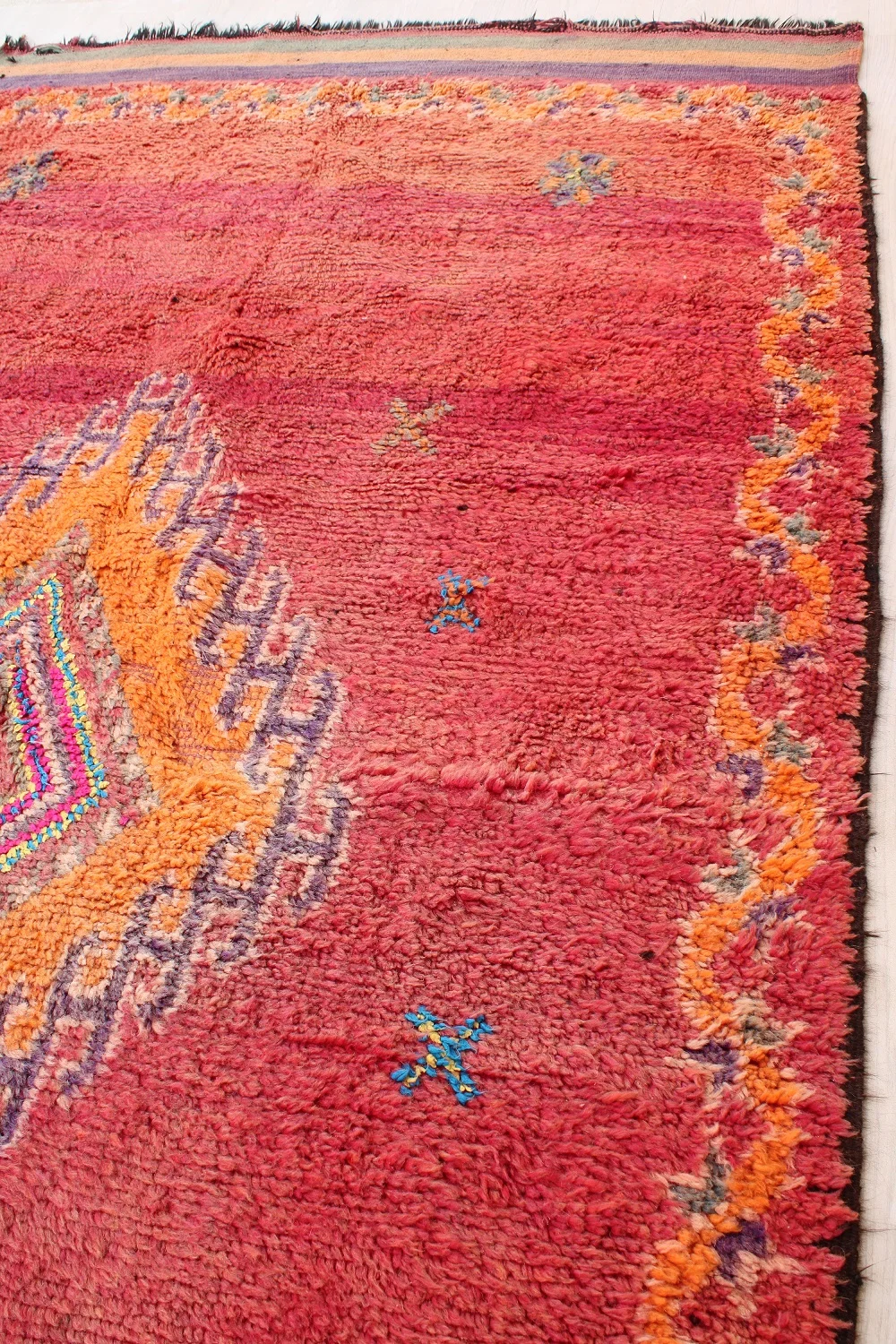


Vintage
Our collection of vintage rugs predominantly originates from the skilled craftsmanship of grandmothers and great aunts, who carefully wove these pieces and passed them down through generations. Even when a family finds themselves short of space or decides to part ways with an old rug, these cherished pieces continue to exude their inherent beauty in their new homes.
In the local Moroccan markets, most vintage rugs are typically acquired by male brokers who traverse neighboring villages, procuring as many rugs as possible in a single transaction.
However, our approach differs significantly. We directly collaborate with the women who are selling these heirloom rug pieces. We personally visit their homes and neighborhoods, examining the rugs in person, and engage in face-to-face negotiations.
One distinctive characteristic of vintage rugs is their peculiar shapes, often tailored to fit into antiquated buildings or specific spaces from generations past. This attribute serves as a telltale sign when identifying these remarkable pieces.




